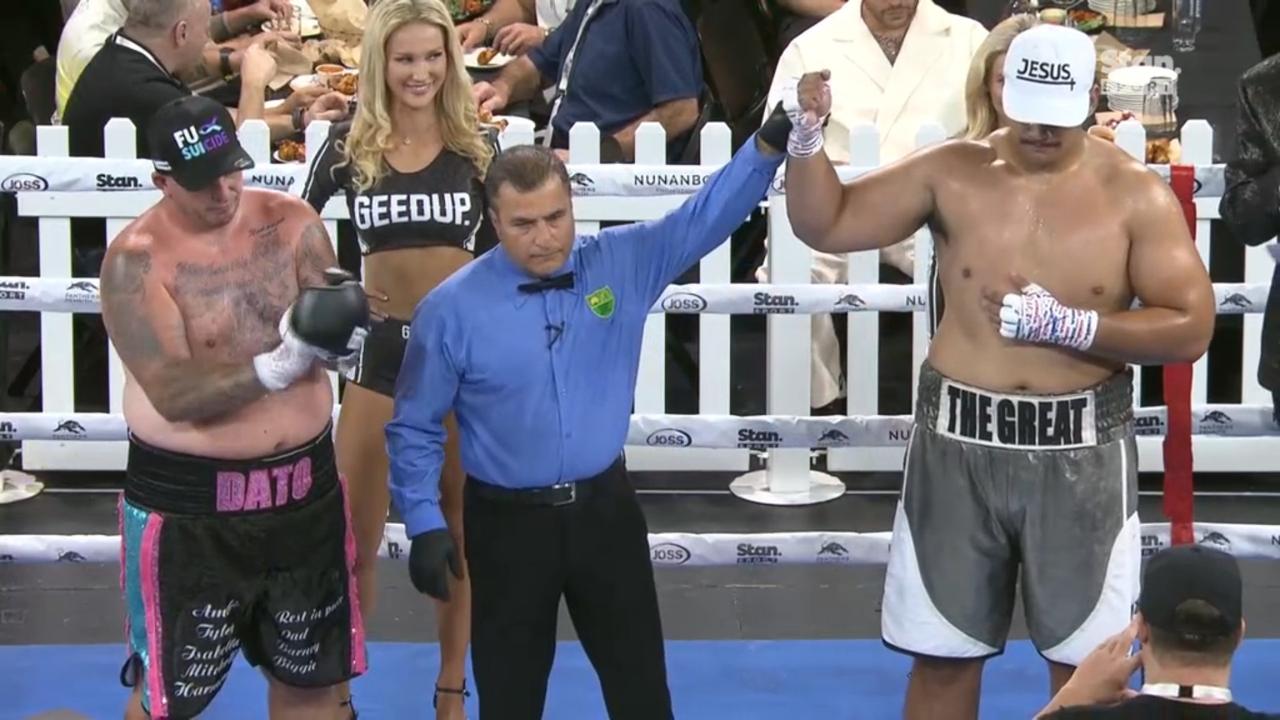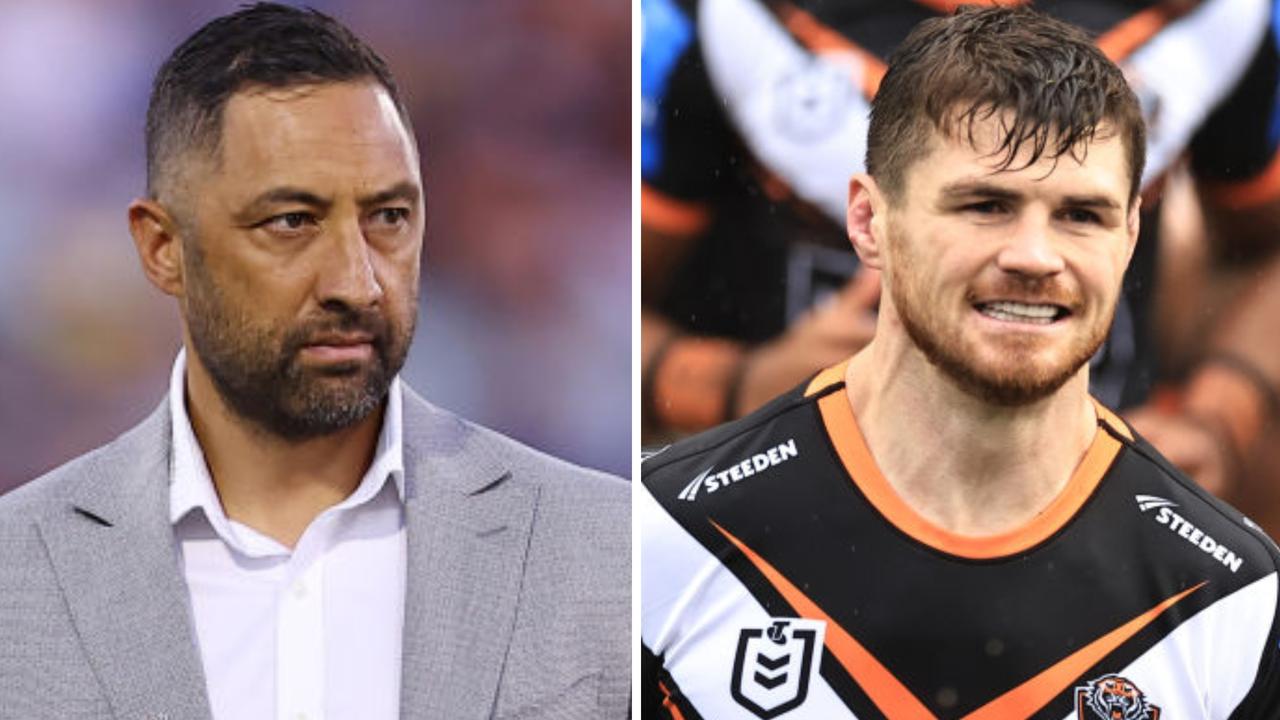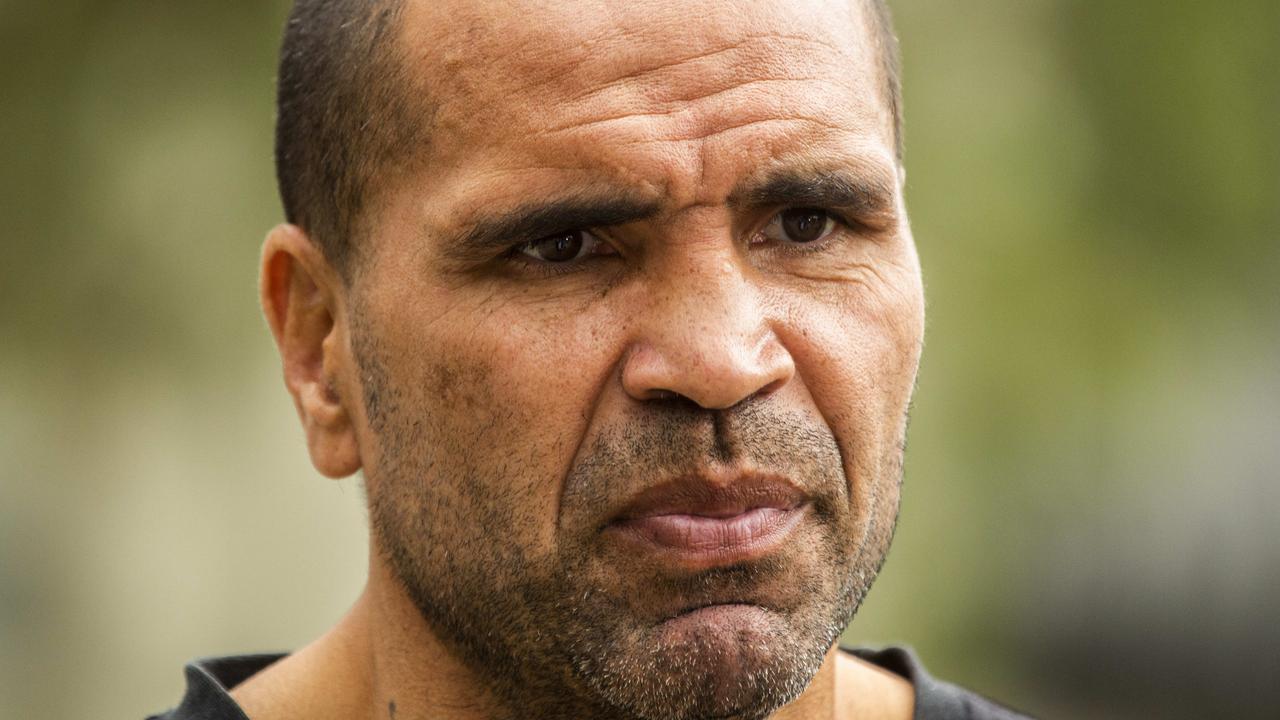‘Transient neurological disturbance’: Chief medical officer rules that Reuben Garrick suffered a concussion against the Roosters
Anthony Seibold was stunned Reuben Garrick couldn’t return to the field after a HIA, but the NRL’s chief medical officer says the Bunker got it right.
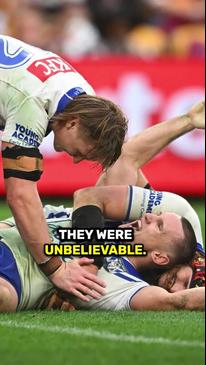
NRL head of football Graham Annesley has responded to Anthony Seibold’s claims that Reuben Garrick wasn’t concussed on Saturday night, with a review by the game’s chief medical officer determining the Sea Eagles centre suffered a “transient neurological disturbance” and had to be removed from the contest.
Seibold fired up after Saturday’s loss to the Roosters having lost Garrick and Jason Saab to head knocks that forced his side to activate its 18th man in the high-scoring shootout at Allianz Stadium
Garrick has already missed games twice this season because of head knocks, but his coach was adamant that this latest incident was completely different.
The Sea Eagles lost two players in two minutes to HIAs and Seibold had an issue with both 😮😮https://t.co/CRxGHeD7Od
— Fox League (@FOXNRL) July 27, 2024
“Reuben Garrick does not believe one bit that he was concussed tonight,” Seibold said, with Manly having the bye this week.
“He couldn’t even believe that he was getting taken off the field to get checked. The doctor in the Bunker said that he had a slight stumble, apparently, so we lose him for the rest of the game.
“He’s in there going ‘Seibs, I can’t believe I’ve been ruled out’.
“I understand what we’re trying to do because we need to look after the players, but you might have 18 players and there might be that ability to have one extra player there that is not an interchangeable player but is a player that can be a replacement and you can use them.”
Garrick stumbled after he reeled out of a tackle on Daniel Tupou and was then slow to rejoin the defensive line. He was taken from the field and ruled out having displayed category 1 symptoms.
“Although Reuben seemed to recover quickly, there was evident motor incoordination within a second of the head impact, indicating a category 1 sign,” Annesley said as he relayed an assessment from the NRL’s chief medical officer.
“This suggests a transient neurological disturbance – in other words a concussion.
“His slowness to return to play, lack of involvement in the game and eventually going down on his hands and knees after rejoining the line further supports this assessment.
“Apparently, he passed the HIA test, but that is not completely unusual in cases of concussion – at least 10-15 per cent of concussions with category 1 signs can have a normal HIA test.”
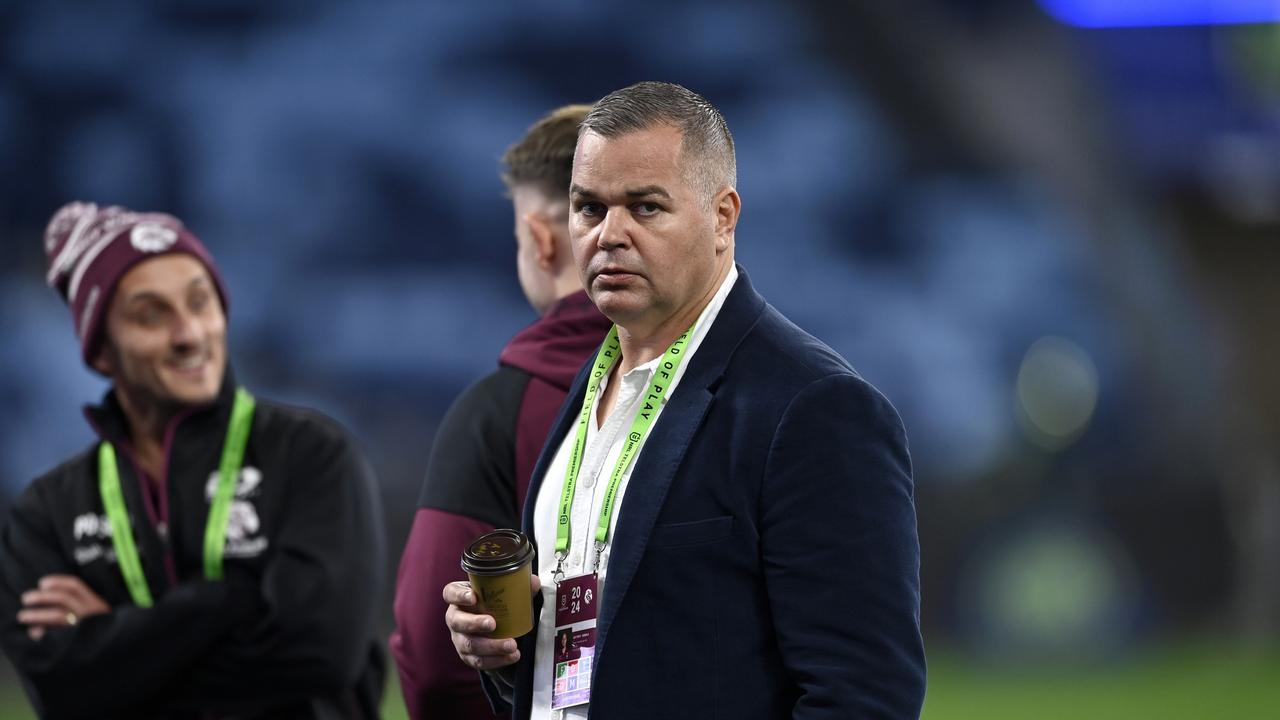
The Sea Eagles haven’t yet decided if they’ll challenge the automatic 11-day stand-down period, although having the bye this week could play a role in their decision.
“The moment Reuben or any other player exhibits those sorts of signs, it’s effectively a concussion from the point of view of a category 1 determination on the day,” Annesley said.
“A club can dispute those signs later, but they can’t dispute on the basis of passing an HIA that a player was not concussed.
“They can say that the Bunker doctor misread the signs or they have a different version of the signs that were observed on the match broadcast, but they can’t dispute that those signs are effectively a concussion.”
Should teams lose a man if they give away a penalty that sees an opposition player fail their HIA? 🤔#NRLRoostersManlypic.twitter.com/Wq0d83PVDs
— Fox League (@FOXNRL) July 27, 2024
Seibold also couldn’t believe that Roosters veteran Michael Jennings wasn’t sent to the sin bin for a high shot on Saab that resulted in a two-match suspension.
The Bunker said the contact was “indirect and slips up off the ball”, with Saab taken from the field shortly after they decided that a penalty was sufficient.
“There’s no reason for me to critical of the Bunker for how they’ve read that situation,” Annesley said.
“Now what happens after that in terms of HIA and the match review committee is the way our system is designed to take other factors into consideration in reaching a decision.”
There was a similar incident on Sunday when Mat Feagai was placed on report for a tackle that knocked Penrith’s Daine Laurie out of the game, but he wasn’t charged by the MRC.
“When they assessed this tackle, they formed a view that the tackler exercises care and control, and in doing that, the reason they’ve reached that conclusion is that Feagai lowers the target area, he bends his back and they believe it’s a head clash,” Annesley explained.

